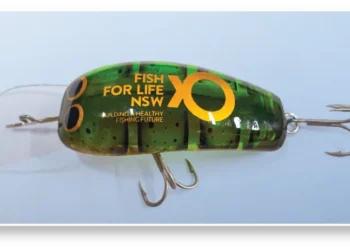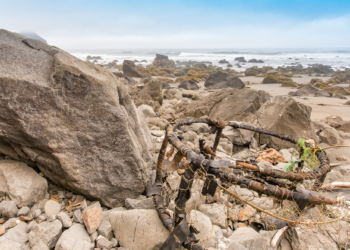
THE orange roughy is a polarising fish. One side of the debate calls the orange roughy fishery “the posterchild of fishery mismanagement”. The other describes it as a “success story for Australian fisheries”. Who’s right?
Facts first. Orange roughy live to 150, maybe even 200, years. They don’t breed until they’re around 30, on seamounts where spawning aggregations were discovered by commercial trawlers in the 1970’s. Within 20 years stocks collapsed and fishing for them was curtailed. Current assessments by the CSIRO and other agencies indicate that Australian stocks have improved since the 1990’s but warn that damage to seamounts caused by trawling will take a long time to recover.
AFMA currently allows limited fishing for roughy based on monitoring and “scientifically established catch quotas”, which it believes helps ensure stock sustainability. The South East Trawl Fishery Industry Association (SETFIA) sought to take matters further by commissioning a report from a US-based consultancy MRAG Americas Inc to independently assess the sustainability of the fishery. The consultants’ report conclude that the fishery is sustainable. On that basis the SETFIA applied for Marine Stewardship Council (MSC) certification of the fishery, which the NZ roughy fishery already has. Certification appears likely.
However, the Australian Marine Conservation Society (AMCS) and the World Wildlife Fund (WWF) are both opposed to certification. They reckon their objections were “dismissed on a technicality” by the consultants. They believe that the consultants’ report is flawed and shows a lack of understanding of the biology of the species and the fishery. MSC certification would get Australian orange roughy into retailers who have committed to supplying only MSC-certified seafood products. These include Woolworths, Coles and Aldi, so the stakes are high. The species’ value should logically go up.
Orange roughy is listed as “conservation dependent” in Commonwealth environmental legislation, but the listing still allows for targeted fishing for this protected species. Throughout much of its international range it’s considered to be overfished by fisheries scientists and to be in decline, most recently in a report on seafood species decline from the University of British Columbia’s Institute for the Oceans and Fisheries. Orange roughy features on many international seafood “avoid” lists due to historical overfishing and population depletion.
So, is the fishery sustainable? Should it be certified? What do you reckon?
















